History Of Grishneshwar Temple
The very devout Shiva devotee, Bhosale (The Patel or chief of Verul) once found a treasure hidden in the snake pit (ant hill) by the grace of Lord Grishneshwar. He spent that money to renovate the temple and built a lake in Shikharshinganapur.
Later on, Goutamibal (Bayajabai) and Ahilyadevi Holkar renovated the Grishneshwar temple. This 240ft x 185 ft temple is still there strong and beautiful as ever. Halfway up the temple, Dashavataras are carved in red stone. These are beautiful to look at. There are also other beautiful statutes carved out. A court hall is built on 24 pillars. On these pillars there are wonderful carvings. The scenes and paintings are beautiful. The Garbhagriha measures 17ft x 17 ft. The Lingamurty faces eastward. There is a gorgeous Nandikeshwara in the court hall.
Ghrishneshwar Temple is a very revered temple, situated in the state of Maharashtra. It lies very near to the Buddhist caves of Ellora, only half a kilometer away, and serves as the abode of one of the 12 Jyotirlingas in India dedicated to Lord Shiva. Even the Ajanta Caves and Dulatabad town of Maharashtra are situated nearby. The temple, with exquisitely sculpted walls, was built under the patronage of Queen Ahilyabai Holkar, one of the rulers of the erstwhile state of Indore.
Grishneshwar Temple, also known as Ghushmeshwar, has a very interesting legend attached to it. It is said that there was once a very religious woman, known as Kusuma, who used to worship Lord Shiva on a daily basis. She used to immerse His Shivalingam in a tank, as a part of her everyday prayer. Her husband had a second wife, who got jealous of the devotion of Kusuma and her resultant respect in the society. In a fit of rage and resentment, she murdered Kusuma's son.
Kusuma became extremely depressed when she came to know that her son had been killed. However, she continued worshipping the Lord. It is said that when she immersed the lingam into the tank, after her the death of her son, he miraculously came back to life again. The legend further goes that at that time, Lord Shiva appeared before Kusuma as well as the villagers. It is said that on Kusuma's request, Lord Shiva manifested Himself at the very site, in the form of the Jyotirlinga Ghusmeshwar. From then onwards, the temple is highly revered by people and attracts devotees from far and wide.
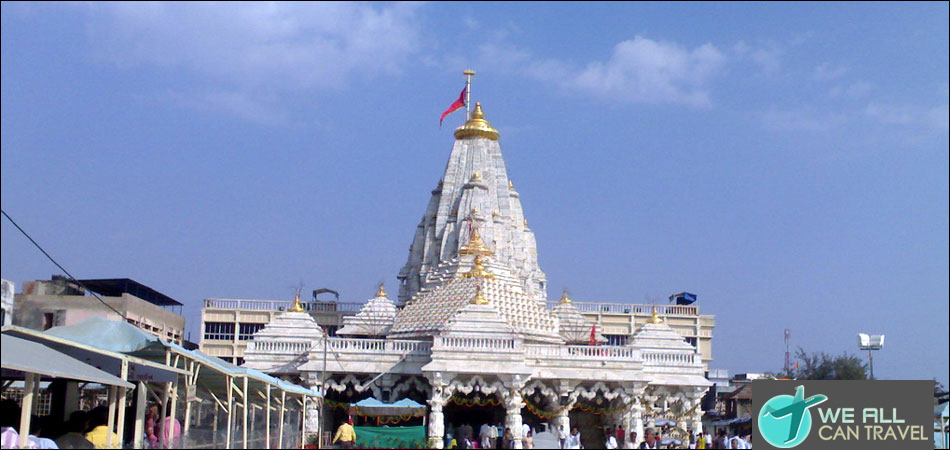 >> Ambaji Temple
>> Ambaji Temple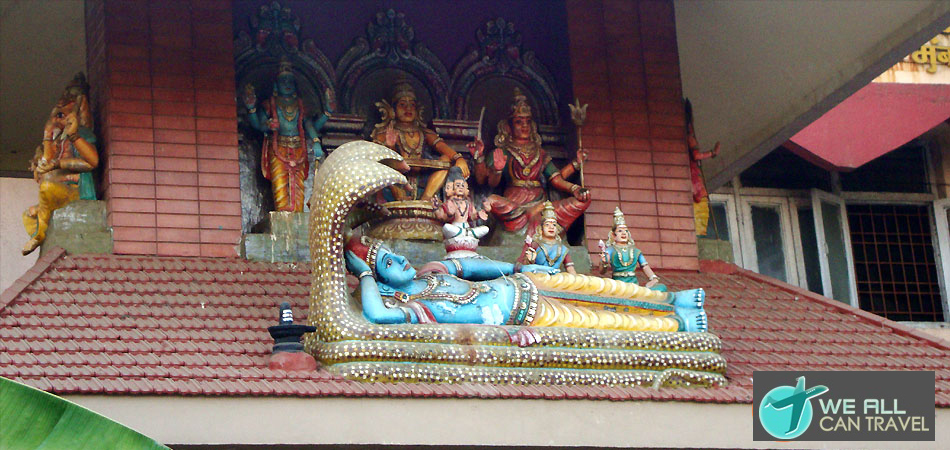 >> Ayyappa Seva Samgham
>> Ayyappa Seva Samgham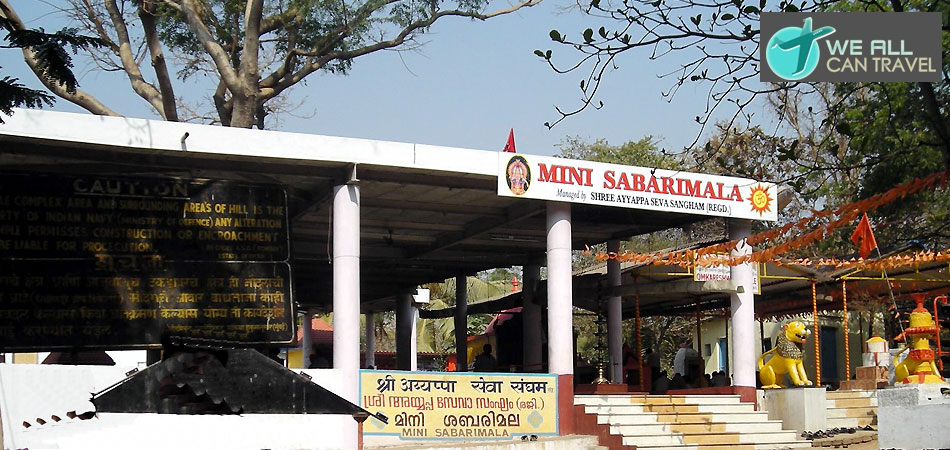 >> Mini Sabarimala Ayyappa Temple
>> Mini Sabarimala Ayyappa Temple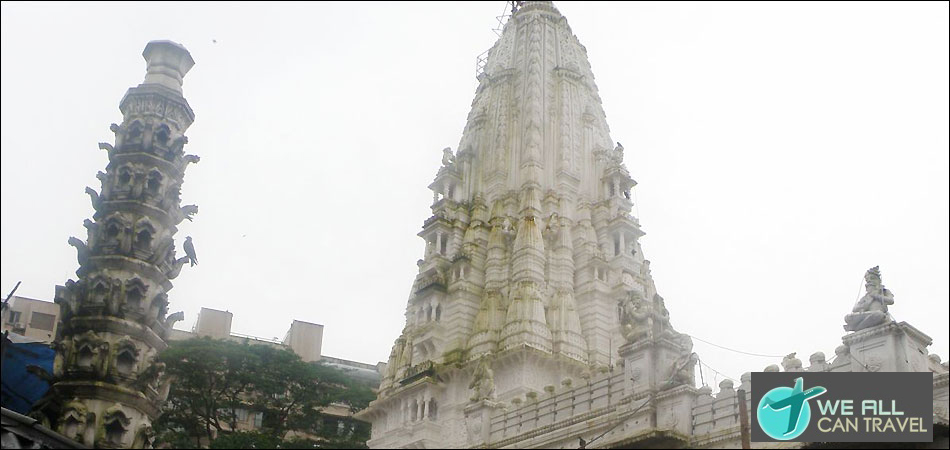 >> Babulnath Temple
>> Babulnath Temple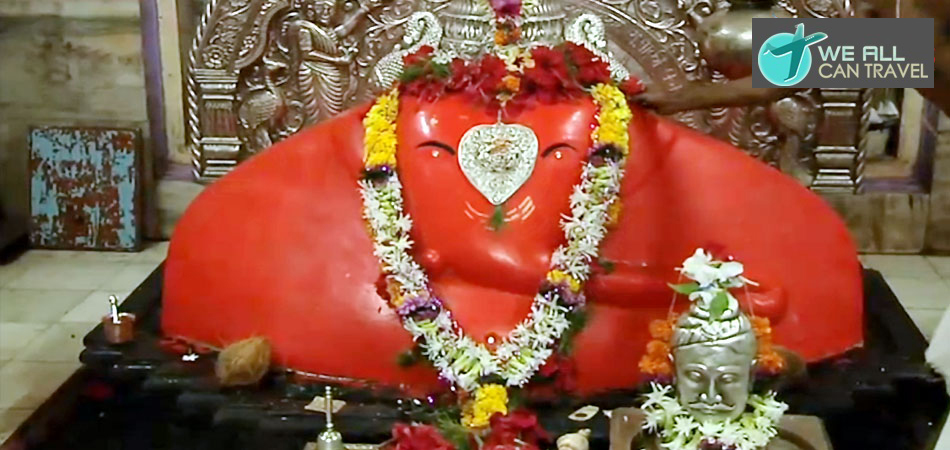 >> Ballaleshwar Ashtavinayak Temple
>> Ballaleshwar Ashtavinayak Temple